International Coffee Day
Is coffee good for you?
Coffee has become known as many things such as ‘Joe’ or ‘Java’, but one thing that it doesn’t seem to be known for are its benefits. For years we have been stuck in between arguments like; Is coffee good for you…? Is coffee bad for you..? I set aside a bit of time (with a cup of coffee) to go over a couple of things that I found out.
Firstly, in the office I tend to go through 4 coffees over the course of my working day with 1 in the morning at home before I shower to give me a kick-start to the day. In total and on average I drink around 5 coffees across my day which started to make me wonder, am I doing harm to my body by drinking this many?
Over the course of this blog I will highlight a few of my findings, so why not get a cup of coffee on the go as the blog is quite long.
The History of coffee
First a note on the history of coffee.
Coffee is believed to have been discovered in Ethiopia as early as the 9th century where it was thought to contain some medicinal properties. Due to the age in which it was discovered there are a few opinions on the story behind it, but many believe it was introduced to some monks as its effect on alertness became known.
Europe
Eventually, it was spread through the Arabian Peninsula and in 1615 it made its way to Europe where many over-reacted calling it the bitter invention of Satan. The controversy grew so much (there’s always been controversy around coffee) that Pope Clement VIII was asked to intervene. After tasting the drink and finding it incredibly satisfying, he gave it his papal approval.
UK
In 1637 it was introduced to Oxford in the UK by a Turk which resulted in the Oxford Coffee Club and Penny Universities where people could buy a coffee for a penny and engage in social activities.
Nowadays we celebrate International Coffee Day starting on the 29th September ending on the 1st October depending on where you live.
You can read more about this here
Varietals of Coffee
There are many varietal of coffee that are named based on the region that they are grown. Arabica coffee beans are mainly cultivated in Asia, eastern Africa and Latin America and result to about 80% of all coffee produced. Arabica usually yields less caffeine (as much as 1.4%) compared to Robusta which can have up to 4% caffeine per bean.
My Personal favourite are Ethiopian Coffee beans which always produce a balanced coffee for my palate. Coffee is a big source of export income for many developing countries earning them over 50% of their total foreign exchange earnings!
How do you drink yours?
There are a lot of ways that you can enjoy your coffee from a Latte to an Espresso. Whatever takes your fancy there are hundreds of different ways to give you that boost.
My personal favourite is a latte, and on occasion I support my drink with a flavoured shot. This gives me even more options to enjoying more coffee with my personal favourite being the Cinnamon flavoured which tastes even better over the Christmas period.
Flavoured syrups
Some coffee shops near me offer over 100 shots of varying flavoured syrups, the most obscure one that I have tasted was the banana flavour which was quite tasty, however I have seen bubble-gum syrups which I was hesitant to try!
More recently over the summer periods I have noticed more and more supermarkets stocking iced coffee. Whilst this can be quite refreshing, for me it doesn’t seem to give me the same boost that I get from a hot coffee.
A list of the common ways you can drink your coffee:
Espresso – Quite simply a shot of coffee, usually this is quite strong tasting and is expected to be downed quickly (after it has cooled of course!) As this is literally a shot it’s not something you would sit down to enjoy with people, you will probably find yourself queuing for longer than it takes to drink.
Espresso Macchiato – A shot of coffee with milk foam on top, this usually takes the edge off the espresso.
Espresso con Panna – A shot of coffee with whipped cream on top, this gives a really nice creamy taste to the shot of coffee.
Caffe Latte – Espresso with Steamed milk topped with milk foam, as mentioned this is my personal favourite that goes well with many of the syrups.
Flat White – The same as a Caffè latte without the milk foam top, if you didn’t then you probably understand where the flat part comes from now?!
Cappuccino – Similar to a Caffè latte, however far less steamed milk is used and it’s one of the more popular choices in coffee shops. Probably closest to your everyday type of coffee.
Mocha – A shot of coffee with steamed milk and chocolate syrup topped with whipped cream. Some people make these by throwing in some hot chocolate powder to their coffee.
Americano – An Americano is simply an espresso with hot water added, this is something that you can sip more than an espresso.
How do you drink yours?
What is it good for?
What is it good for? Absolutely nothing? Think again, recent studies have proven that caffeine reduces the risks of anything from melanoma to heart disease. In fact the list of reduction is pretty impressive:
- Multiple Sclerosis
- Type-2 Diabetes
- Parkinson’s Disease
- Liver Disease and Fibrosis
- Prostate Cancer (By more than half may I add)
- Alzheimer’s
It has also been recognized to lower the risk of developing cirrhosis by 84% and a correlation has been made to reducing the risk of suicide by 53%.
So far it seems that we are looking at a miracle drug, however the key here seems to be moderation of the substance. It has often been suggested that coffee causes dehydration, partly this is true as it has a mild diuretic effect causing us to urinate more, yet it doesn’t increase the risk of dehydration. As mentioned above; with moderation coffee should be enjoyed whilst ensuring a regular intake of water.
Increased longevity
It has been found that drinking 2-3 cups a day may reduce your risk of death with increased longevity by up to 13% and 10% for men. 4-5 cups of coffee per day can reduce your risk of death by 16% for women and 12% for men!
Drinking more coffee than this however seems to lessen the reduction with 4-5 cups being the sweet spot. (This is my average daily intake of coffee!)
Does caffeine increase the chance of obesity?
On a less positive note; does caffeine increase the chance of obesity?
Again, there is some truth in this where there is a low risk of obesity caused from too much caffeine consumption. It is worth noting that a cup of coffee has as little as 2 calories per cup. The main way calories are added is by people adding sugar and milk which also contains fat. Caffeine is also found in energy drinks which generally contain high amounts of sugar.
But they are kind of nutritious, a single 8oz cup of coffee contains 11% of your RDA of Vitamin B2 (Riboflavin), 6% of Vitamin B5 3% Potassium and Manganese and more nutrients.
Whilst it may increase the risk of obesity it can also boost metabolism by 3-11% and improve exercise performance by 11-12%. Prior to 2004 it was banned in many sporting events, now it is allowed even though it has been proven to give athletes a boost in performance.
The High Street Coffee
We have noticed more that coffee shops have been popping up everywhere to the point where global brands’ machines can be found in petrol stations in most of the UK. I am sure you have wondered like me, why does my coffee never taste as good as a Costa or a Starbucks? A little over a year ago it was revealed how much sugar was contained in many of their drinks.
The recommended daily amount of sugar is around 37.5g per day for an adult male and 25g for a female. With that in mind I imagine your reaction will be similar to mine was when I tell you that one drink sold contained 99g of sugar alone, almost three times the RDA for an adult male and four times for an adult female. View the list here
Obviously this kind of intake is where the line needs to be drawn. On occasion it may not be so bad to have the odd coffee from Costa, Starbucks or other coffee shops, but perhaps we should raise a little more awareness especially for those who purchase these drinks on a daily basis. Admittedly this is primarily the sugar that is the concern.
Caffeine is addictive and deadly
The fact is, caffeine is addictive, and these boosts that we receive start to become something that we rely on to get us out of bed and to keep us awake through a dull meeting. It is with this that the issue can start to spiral out of control a little bit. As we start to increase our intake of caffeine the effects become more saturated until they are nullified.
Eventually with too much coffee, negative effects can start to arise such as anxiety and sleep disruption, which is where the start and end of the circle meet. As we are not sleeping well we may start to drink more coffee throughout the day which can amplify the effects making sleep disruption more severe.
Now it may seem like a lot, but for coffee to have a lethal effect on the average human being it would take 30 coffees, drank in quick succession. The worry here is not necessarily with coffee, but with energy drinks that are now widely used as mixers for nights out.
Energy Drinks
A common favourite among many is the “Jägerbomb” which sees a shot of Jägermeister dropped into a glass of an energy drink, of which I have seen people on nights out drink three or four, one after the other. Apparently it would take just 10 energy drinks to bring the caffeine blood levels up to 180mg/L which would meet the same average amount found in those who died of a caffeine overdose.
Other risks
The other risks associated with drinking coffee are dependent on the person but after drinking coffee some people may be prone to:
- Headaches
- Restlessness
- Fast Heartbeat
- Tremors
- Upset Stomach
- Dizziness
If you suffer from any of these it may be worth regulating or cutting down your coffee intake. Those with diabetes, heart arrhythmia or high blood pressure may experience a lower tolerance to the effects of caffeine.
Brewing your coffee
There are many different ways to brew your coffee such as French Press, Filter, and Greek/Turkish Coffee.
Greek/Turkish
Due to politics, Greek and Turkish brewing methods are the same but are named differently after the 1974 Turkish invasion of Cyprus. This method is done by slowly boiling the unfiltered coffee (and sugar which is added before boiling) until the grounds begin to froth. A small portion is distributed to cups before being returned to the boil, when the grounds froth a second time the remaining coffee is poured in to cups to be served.
Filter
Filter Coffee is perhaps the easiest method of brewing your coffee and is considered to be the least tasty. It simply involves using filter paper holding some ground coffee. As the hot water is poured over, the brewed coffee drips through the paper keeping the grounds within the filter and producing the drink.
French Press
French Press is perhaps the most popular which involves the use of a cafetière, this involves pouring hot water on the ground coffee before pushing down on the plunger to separate the grounds from the brew. The benefits of this opposed to filter is that more cafestol is found in the brew. Cafestol has been proven to increase cholesterol but has also been shown to have anti-carcinogenic properties in rats.
There are many other ways of brewing coffee such as: – Percolated, Softbrew, Vacuumpot, CoffeeCone, Aeropress, Chemex and Technivorm. Most of these are based on the above methods with a slightly different approach.
Other Mentions
Kopi Luwak
Did you know that a coffee is available known as Kopi Luwak or Civet Coffee? This is where coffee cherries are digested by the civet cat where they ferment inside their digestive tracts. The beans are then collected when they are defecated ready to be ground! It is worth noting that this is currently one of the most expensive ways to drink coffee. I have heard mixed reviews, but either way it may be an experience to consider if you ever get the opportunity… and you can look past the ‘production’ process.
Tasseography
Tasseography is a form of fortune telling where a teller will look at the remains of your (tea leaves or) coffee grounds in the bottom of your cup. Depending on the formation of the remains determines your fortune. I am personally not a believer of much of this but if you are entertained getting your fortune read, this may be a consideration for you.
Chocolate coated Coffee Beans
A manager at SHEilds recently brought back some chocolate coated coffee beans from Africa when he visited the South Africa Office. A few people in the office hadn’t tried this taste sensation, but were pleasantly surprised. The centre is a roasted coffee bean, if you’re not into drinking coffee, it may be worth giving this a shot for a quick alertness boost.
Just a quick note, many companies will be offering reductions on their products over the next few days to celebrate International Coffee Day. It may be worth searching the market and trying something you haven’t tried before.
Stephen Conlan
Feel free to share this and celebrate International Coffee Day with SHEilds.

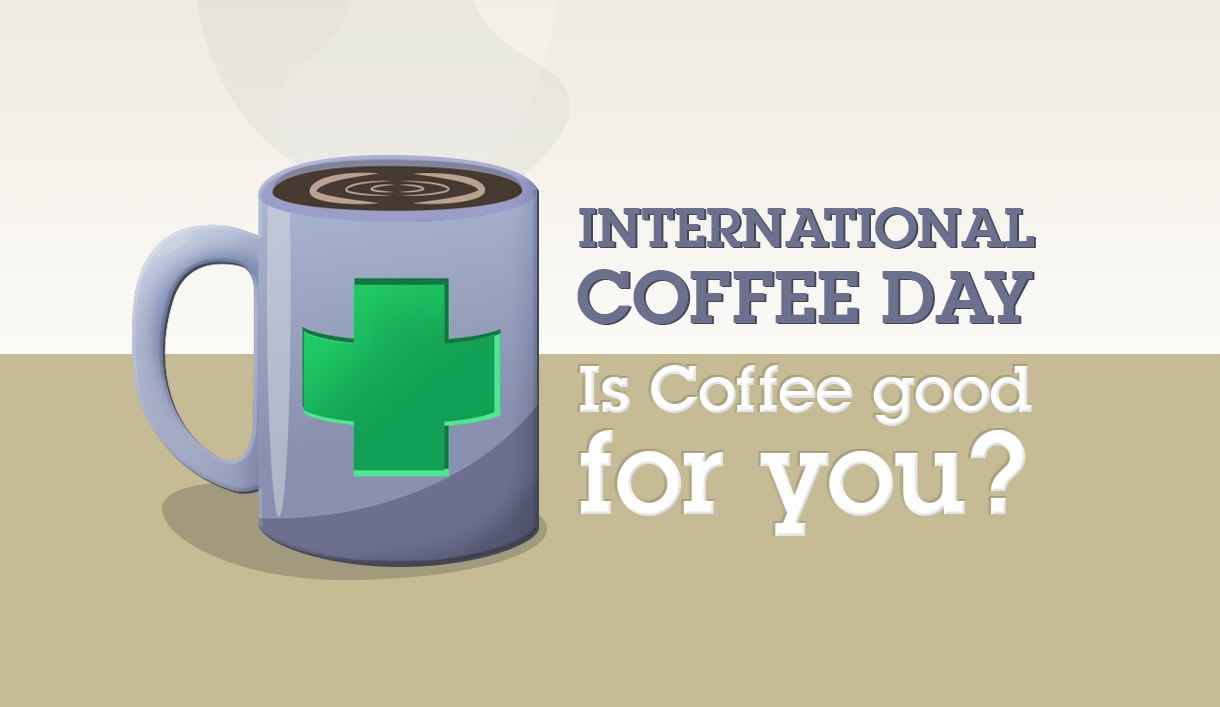

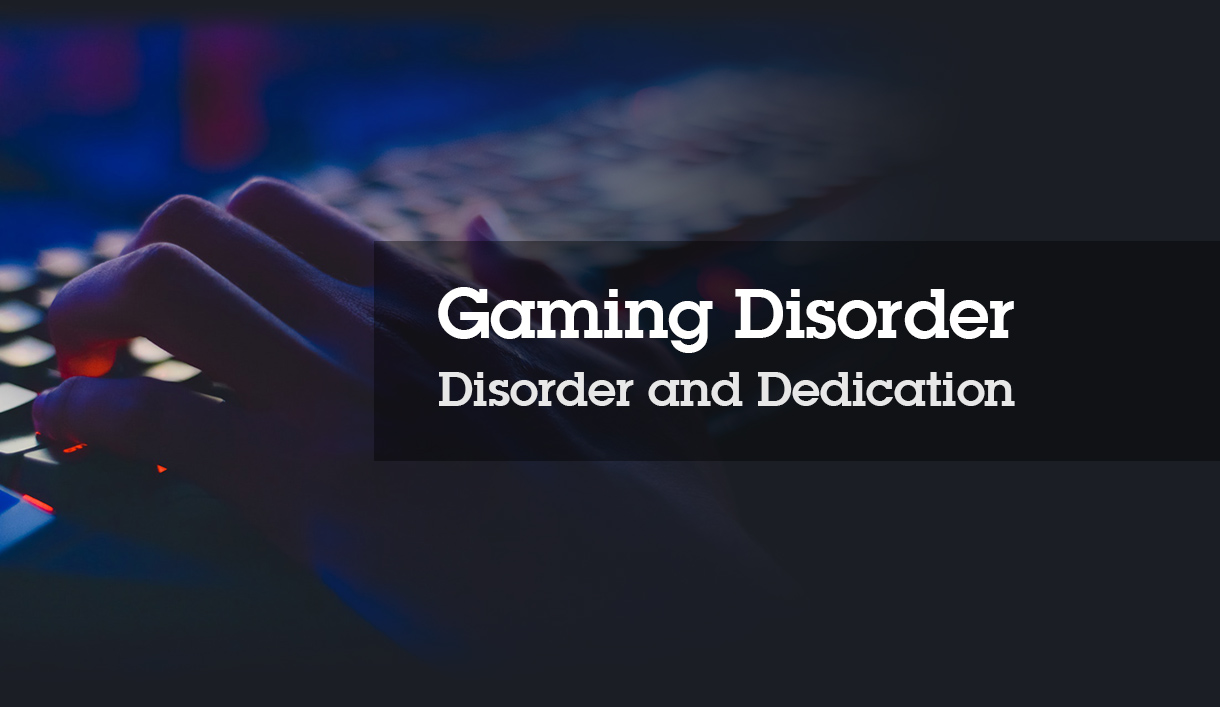
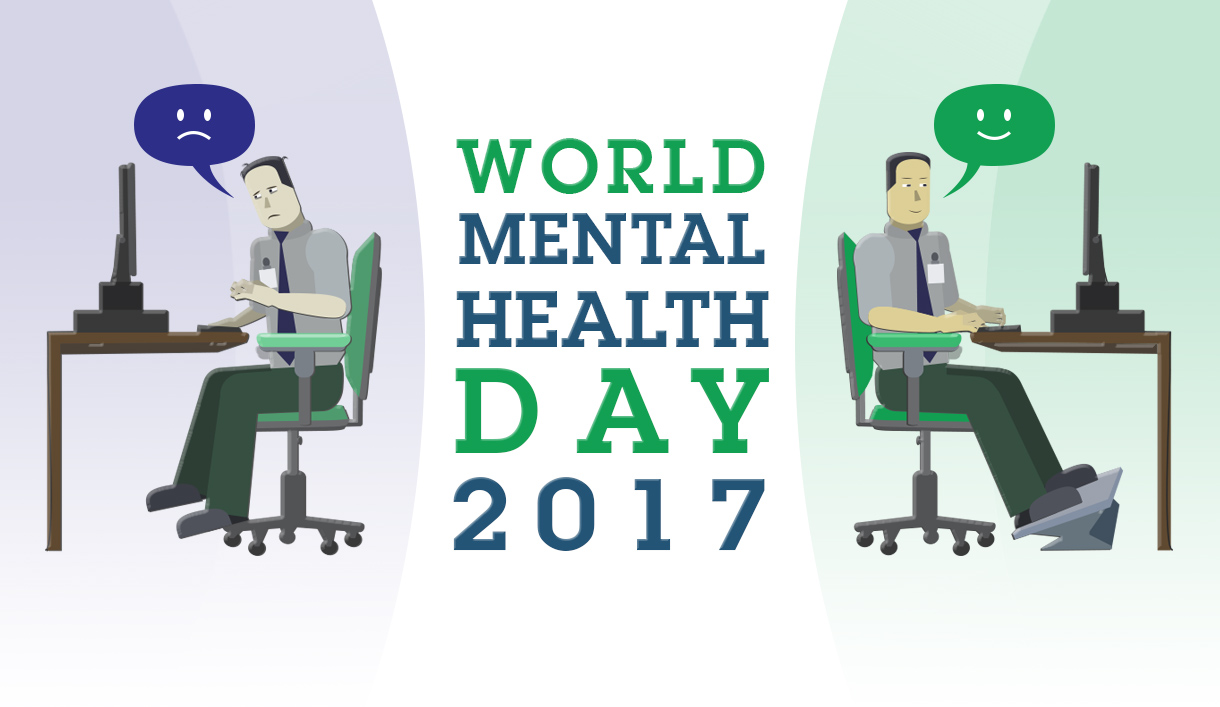
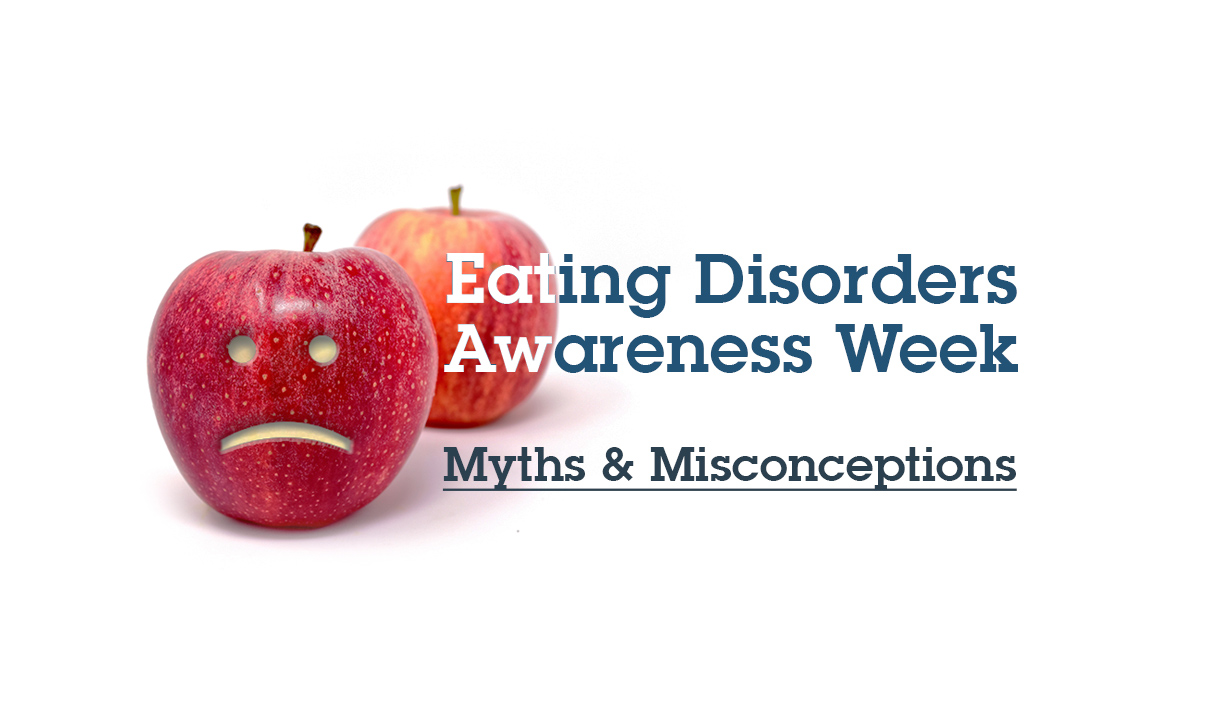
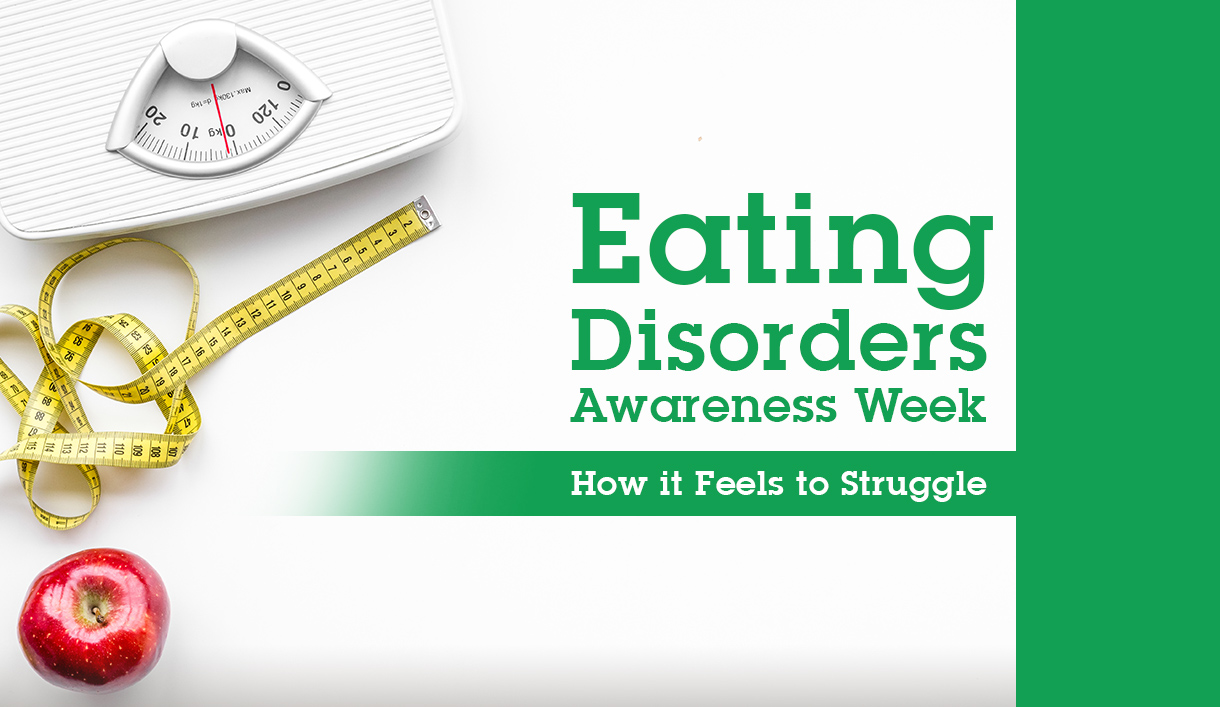
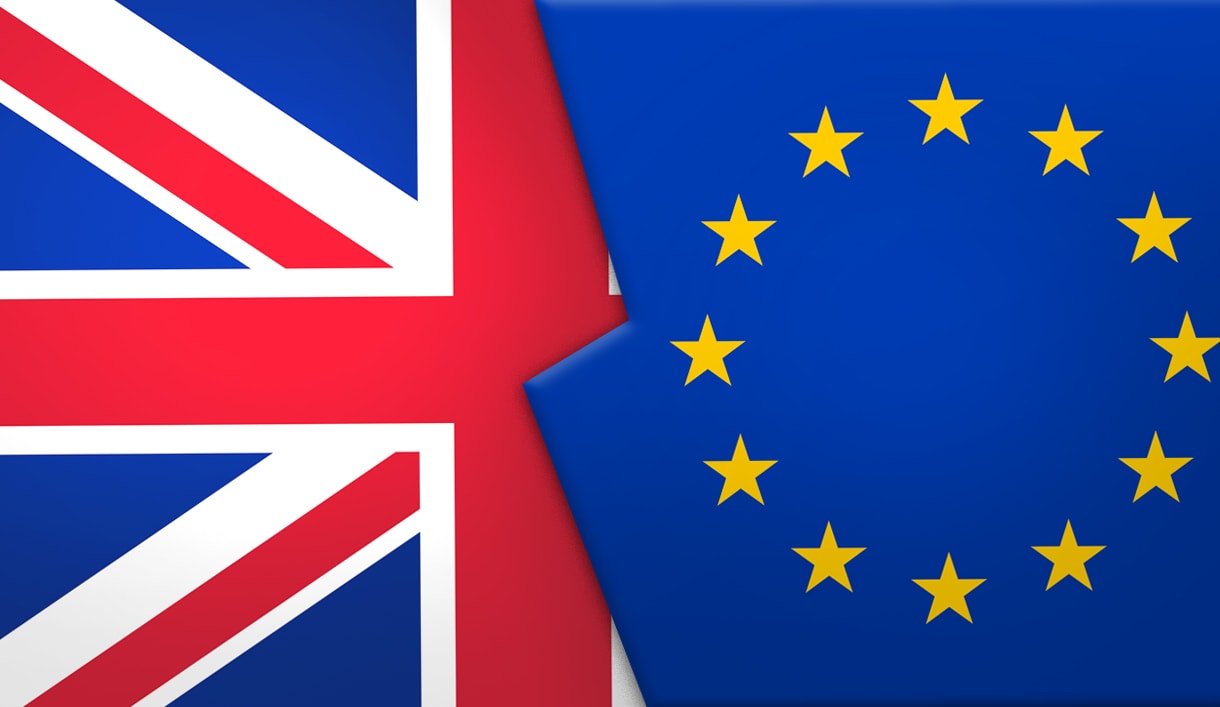
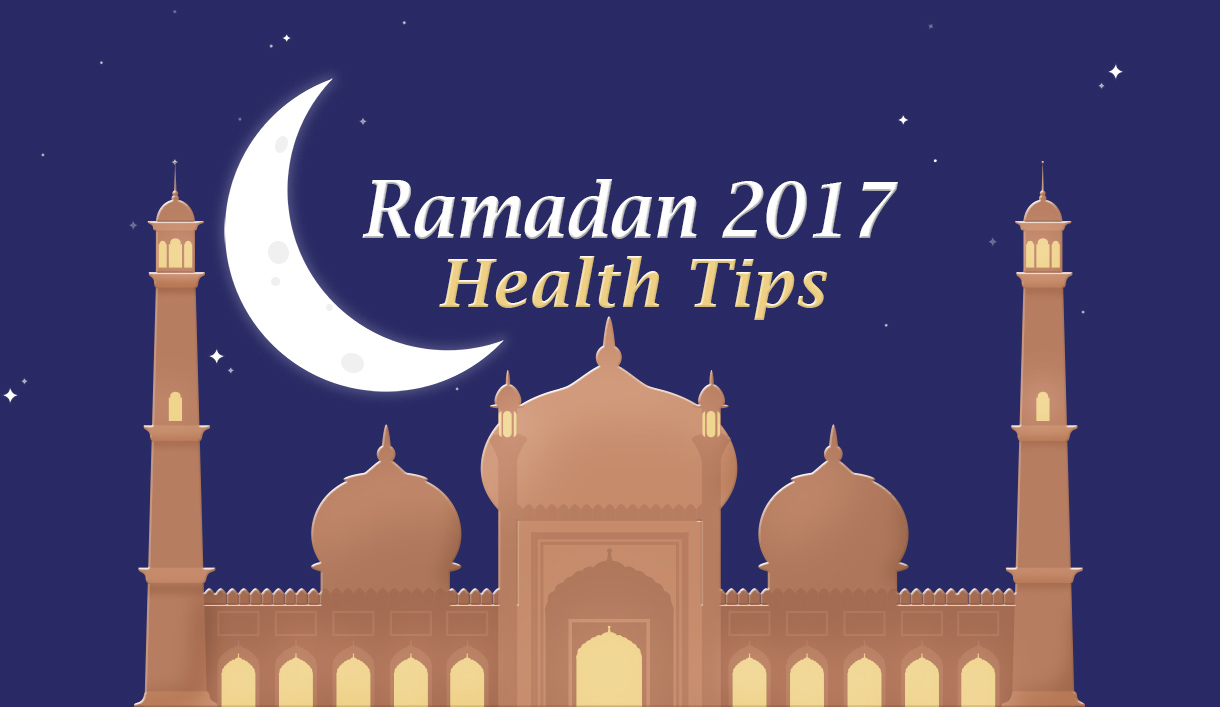
Leave a Reply
Want to join the discussion?Feel free to contribute!